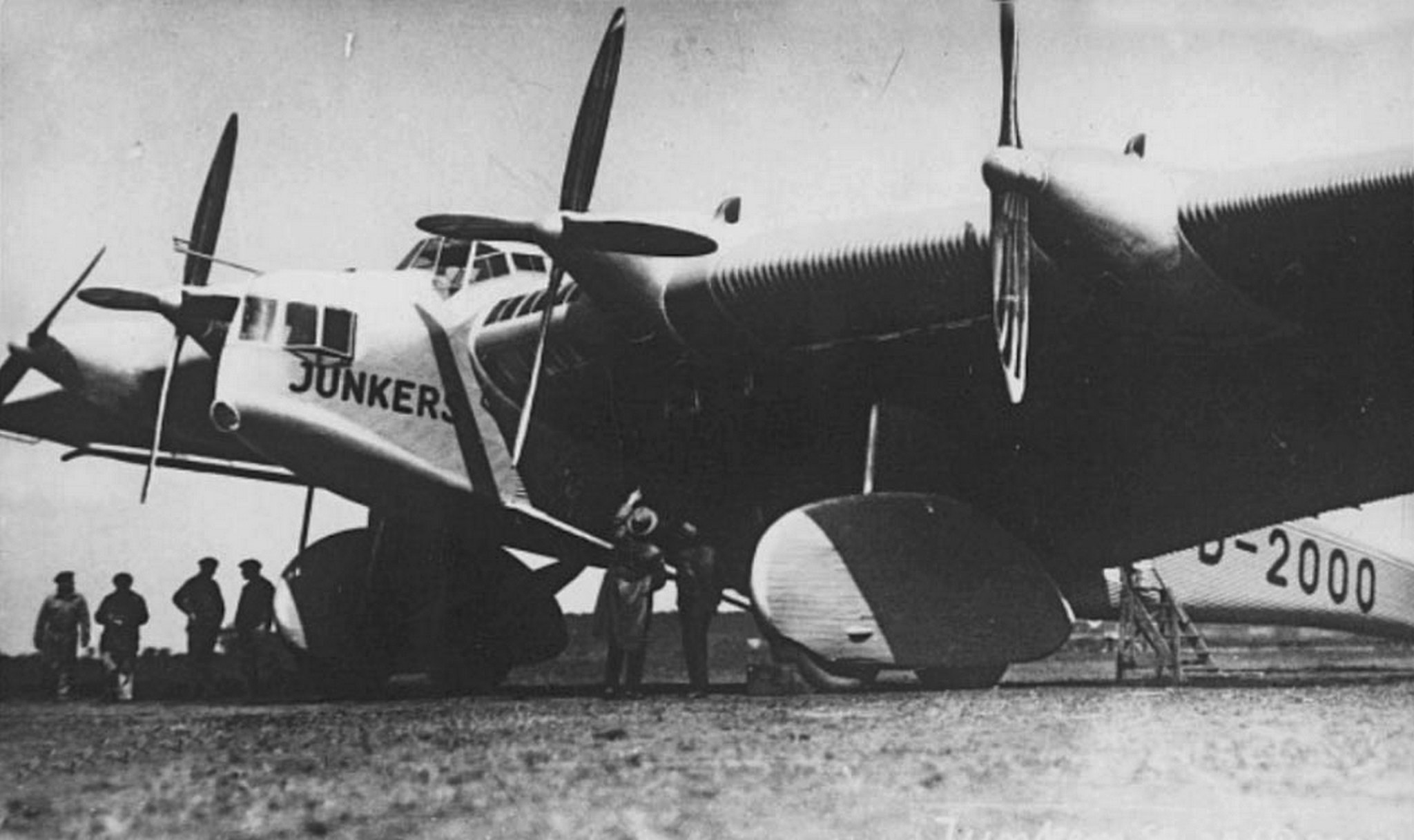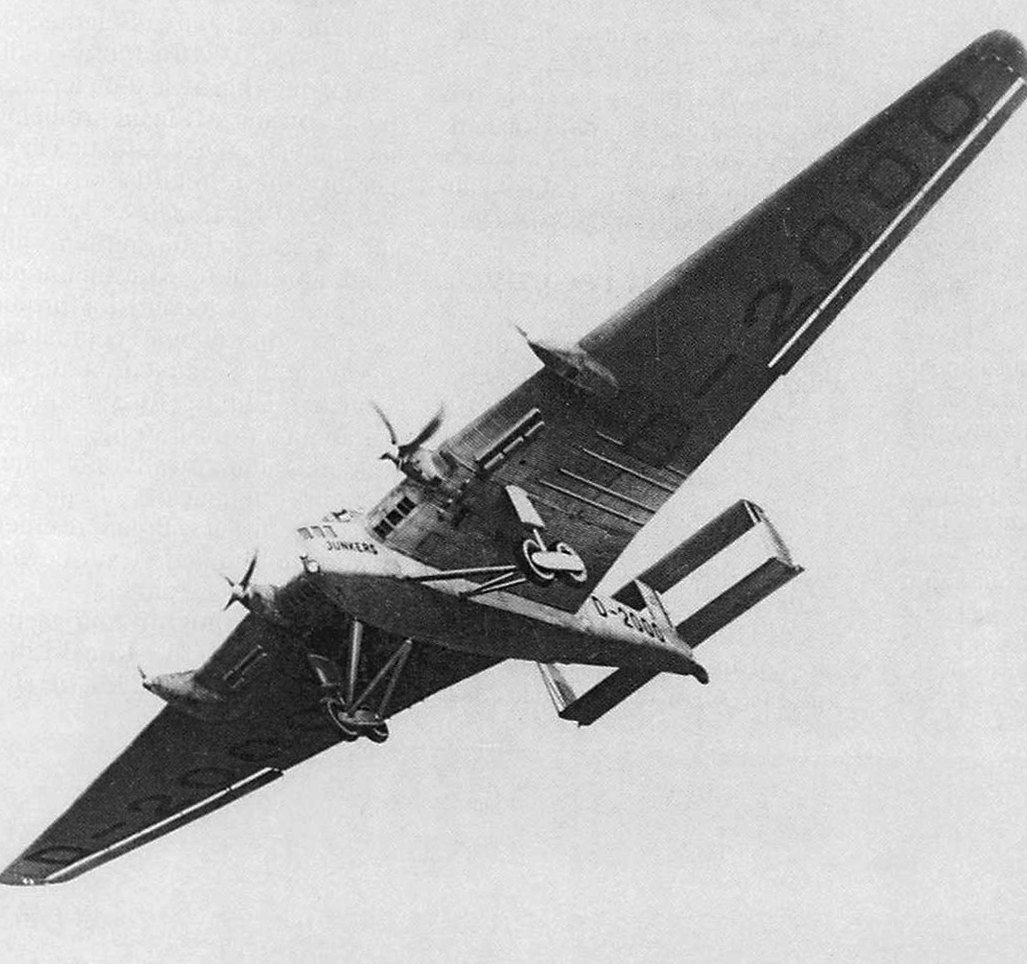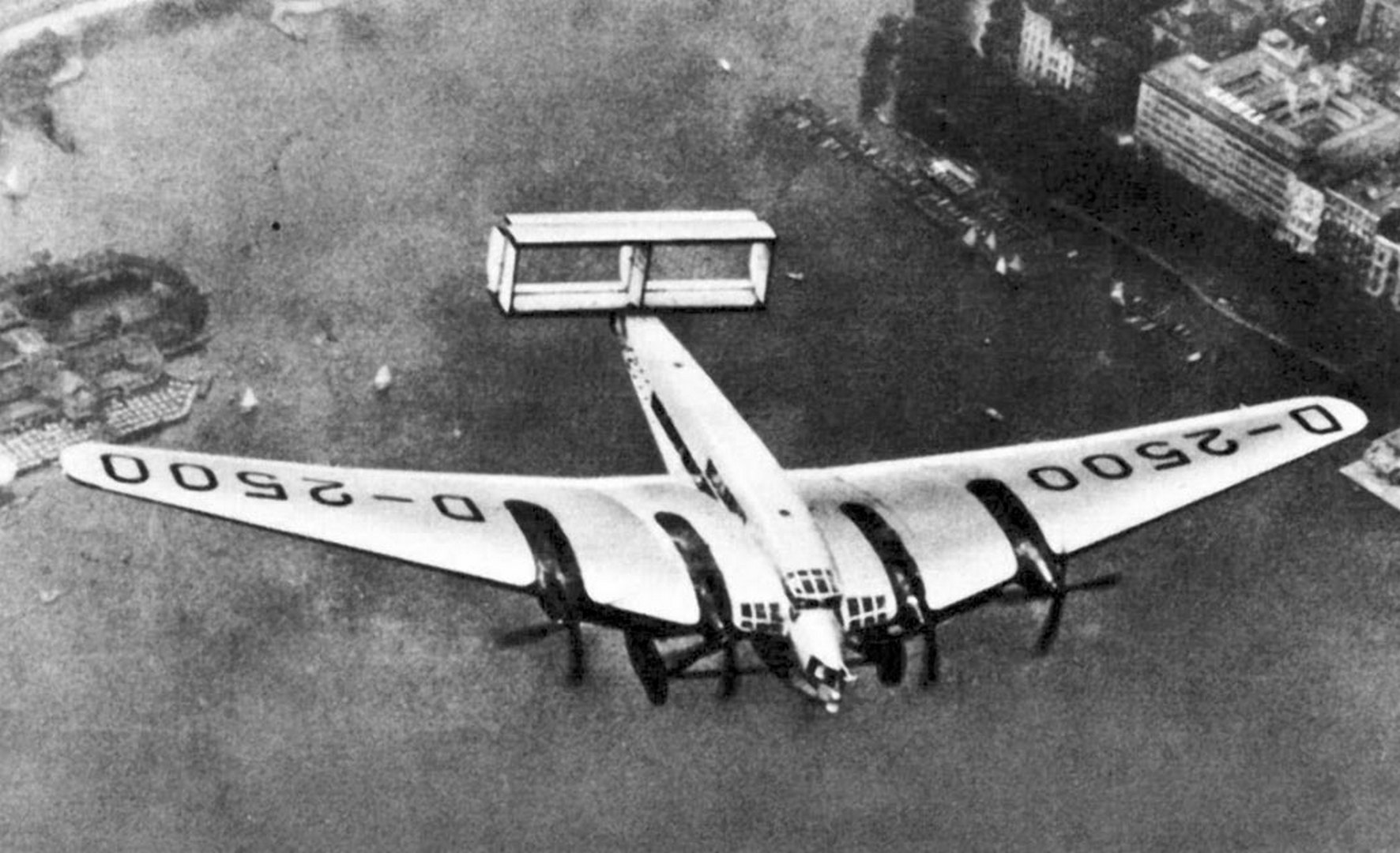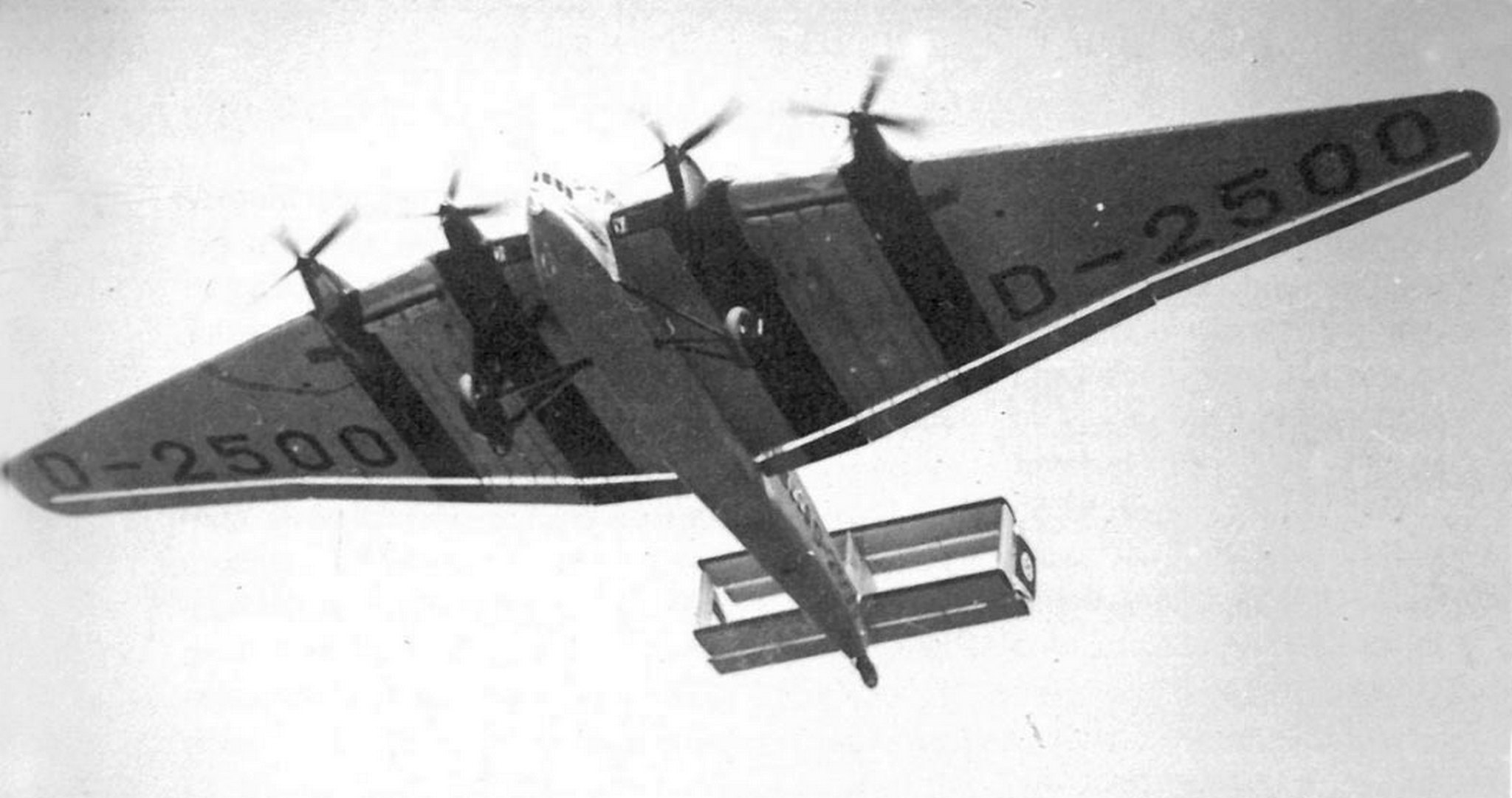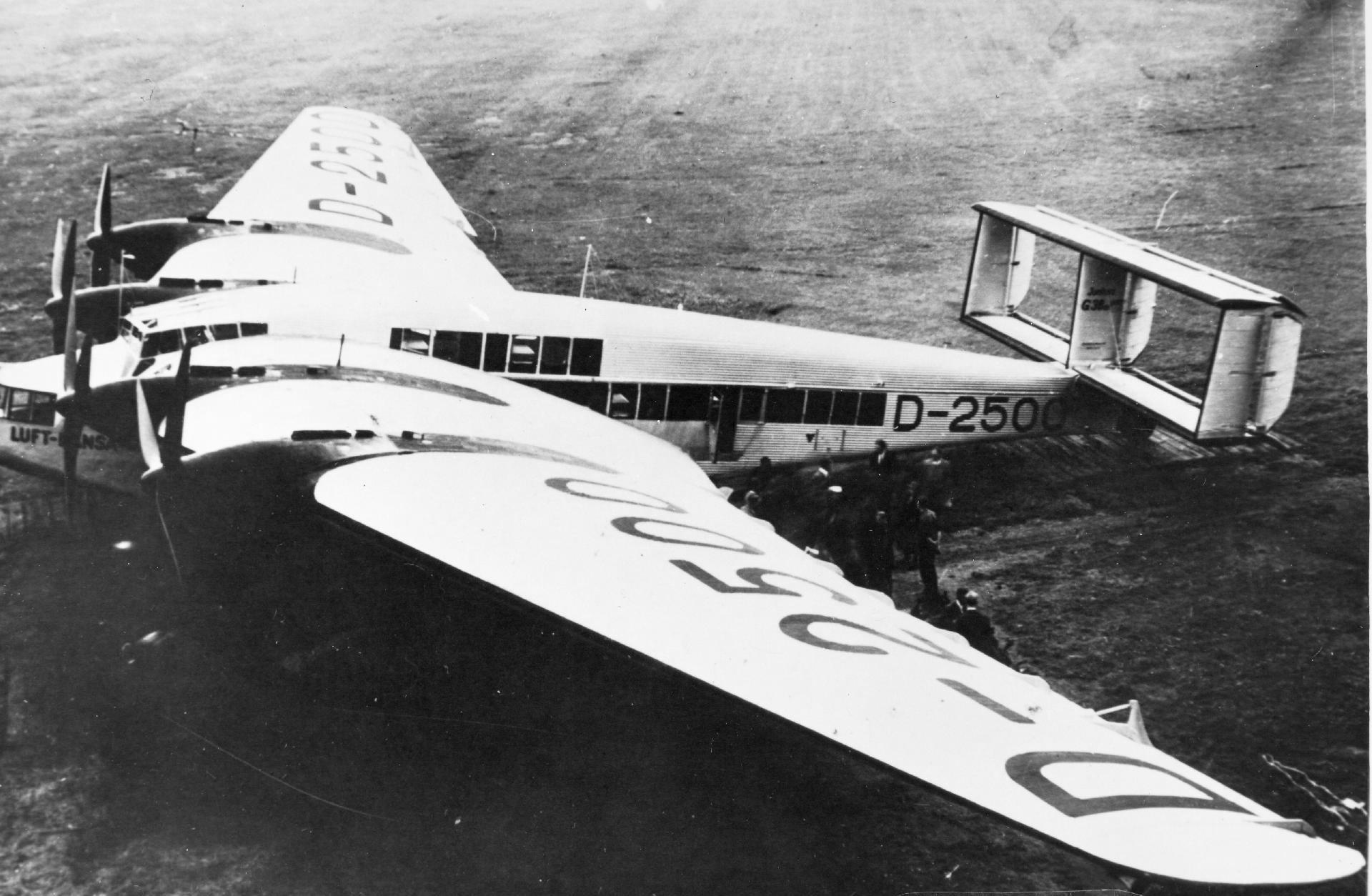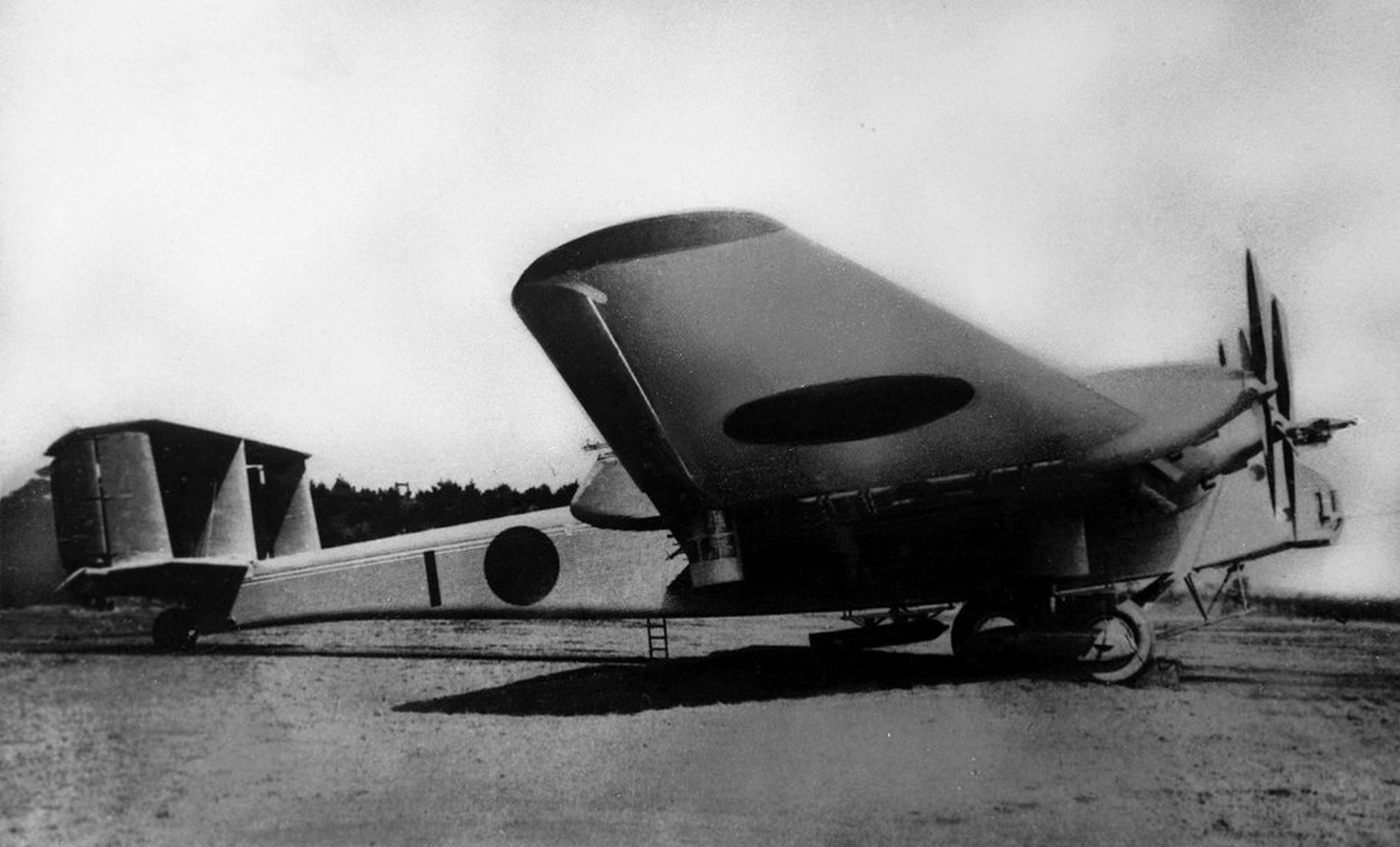Junkers G.38: The Legacy of a Majestic Airliner from the Interwar Period

On November 6, the Junkers G.38 passenger aircraft turned 95 years old. It was created by the German company Junkers Flugzeug AG, and on that day in 1929, its first model took flight in Dessau. The G.38 became one of the largest airliners of its time, second only to the Dornier Do X flying boat.
The company’s founder, Hugo Junkers—about whom we have a separate article on our website—developed the concept of an aircraft in 1910, envisioning that the engines, crew, and payload would be housed within a thick wing. Junkers came close to realizing this idea in the late 1920s when Germany effectively stopped adhering to the Versailles Treaty, and the government funded the creation of this massive airship.
This was an all-metal aircraft with Junkers' traditional design approach. While it only partially followed the "all-in-wing" concept, the center wing section featured two three-seat passenger compartments with windows in the leading edge. The rest of the passengers and crew were housed in the fuselage. Originally designed for 17 passengers, the plane offered a high level of comfort, including luxurious seats, a promenade deck with excellent views, a smoking room, and a restroom.
Four engines were installed inside the wings, with only their driveshafts extending outside in streamlined housings. The two inner engines produced 600 hp each, while the two outer ones provided 400 hp. The aircraft had a length of 23.21 meters, a wingspan of 44 meters, a maximum takeoff weight of 21,240 kg, a top speed of 225 km/h, and a range of 3,460 km.
Another G.38 model was constructed, featuring two decks and four identical Junkers L88a engines, each with 800 hp. Though less luxurious than the first, it was almost two meters longer and could accommodate 34 passengers. The first model was also upgraded to transport 30 passengers.
Initially, the superliner was used for promotional purposes. However, in July 1931, the first G.38 began operating for Lufthansa on the Berlin-London route. The following year, the second model was introduced into passenger service, adding Hannover and Amsterdam to its regular destinations.
In 1936, the first G.38 was damaged in an accident during a test flight after routine maintenance. Only the crew was on board, and no one was injured, but the aircraft had to be decommissioned. The second G.38 was mobilized by the Nazis in 1939 and repurposed for military transport. In May 1941, British aviation destroyed it in Athens Airport.
Between 1932 and 1935, the Japanese company Mitsubishi built six Ki-20 heavy bombers (Type 92) under license, based on the G.38. They were used sparingly during the war with China and later as transport aircraft in World War II.

 Fan-page
Fan-page Youtube
Youtube TikTok
TikTok Aviamuseum
Aviamuseum State Aviation Museum
State Aviation Museum
